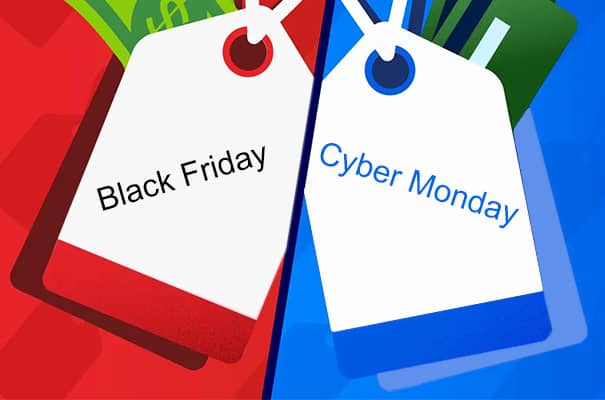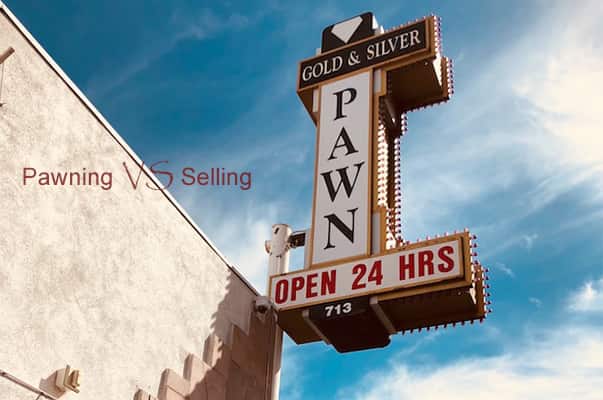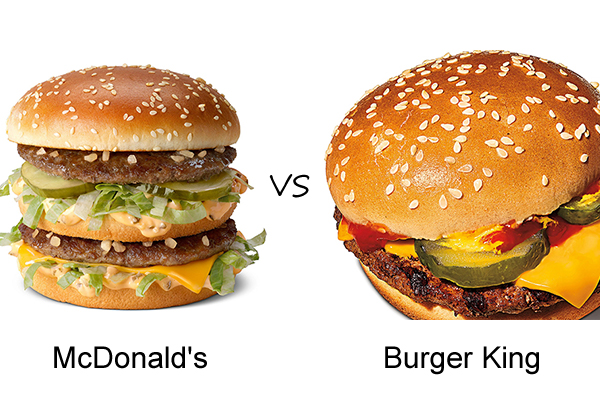In today’s cashless society, peer-to-peer (P2P) payment apps like Zelle and Cash App have revolutionized how we exchange money. Whether you’re splitting a dinner bill, paying for a yard sale purchase, or sending money to a family member, these apps offer a convenient and quick way to handle transactions. But which one should you use? Let’s dive into the differences between Zelle and Cash App to help you decide which is the best fit for your needs.
Overview of Zelle and Cash App
Both Zelle and Cash App allow users to send and receive money quickly and securely, but they operate in different ways and offer unique features.
1, Zelle:
- Integrated with Banks: Zelle is directly linked to your bank account, enabling instant transfers between U.S. bank accounts.
- No Standalone Account: Funds are transferred directly to and from your bank account, so you don’t keep a balance with Zelle.
- No Fees: Zelle typically doesn’t charge fees for its services, but check with your bank as they may have their fees.
- Limited to U.S.: Zelle can only be used for transactions within the United States.
2. Cash App:
- Standalone App: Cash App operates independently, allowing users to hold a balance within the app.
- Additional Features: Offers a Cash Card (a customizable Visa debit card), Bitcoin trading, and stock investments.
- Fees: Charges for instant transfers (1.5% fee) and ATM withdrawals ($2 fee, which can be waived under certain conditions).
- International Use: Can send money between the U.S. and the UK.
Detailed Comparison Between Zelle And Cash App
- Sending and Receiving Money:
- Zelle: Transfers are direct and instant to your bank account, making it quick and seamless. You need the recipient’s email or phone number linked to their Zelle account.
- Cash App: Allows transfers to other Cash App users via their phone number, email, or $Cashtag. Money can be kept in the app or transferred to your bank account.
- Limits:
- Zelle: Limits depend on your bank’s policies, generally capped at $500 per week if your bank does not support Zelle.
- Cash App: Unverified accounts are limited to $1,000 per 30 days. Verified accounts can send up to $7,500 per week.
- Fees:
- Zelle: No fees for sending or receiving money.
- Cash App: 1.5% fee for instant deposits, 3% fee for credit card payments.
- Card:
- Zelle: Does not offer a card.
- Cash App: Provides a customizable Cash Card for purchases and ATM withdrawals.
- Safety and Security:
- Both platforms use encryption and fraud detection measures. It’s crucial to only send money to people you trust and verify recipient details to avoid mistakes or fraud.
- Zelle: Offers bank-level security since it operates through your bank’s app.
- Cash App: Provides additional security features like two-factor authentication and PIN verification.
- Additional Features:
- Zelle: Focuses solely on money transfers.
- Cash App: Includes options for Bitcoin trading, stock investments, and direct deposits.
Which One Should You Choose
Choosing between Zelle and Cash App depends on your specific needs and preferences.
- Use Zelle if:
- You want instant bank-to-bank transfers within the U.S.
- You prefer not to keep a balance in a separate app.
- You value the simplicity and directness of transactions without additional features.
- Use Cash App if:
- You want a versatile app with more financial tools, like a debit card, Bitcoin trading, and stock investments.
- You need the ability to send money to the UK.
- You don’t mind paying small fees for instant transfers and added features.
Final Thoughts
Both Zelle and Cash App offer secure and convenient ways to handle P2P transactions. By understanding their differences, you can choose the one that best suits your financial habits and needs. Whether you prioritize direct bank transfers or the flexibility of a standalone app with extra features, both platforms provide valuable services for modern money management.





